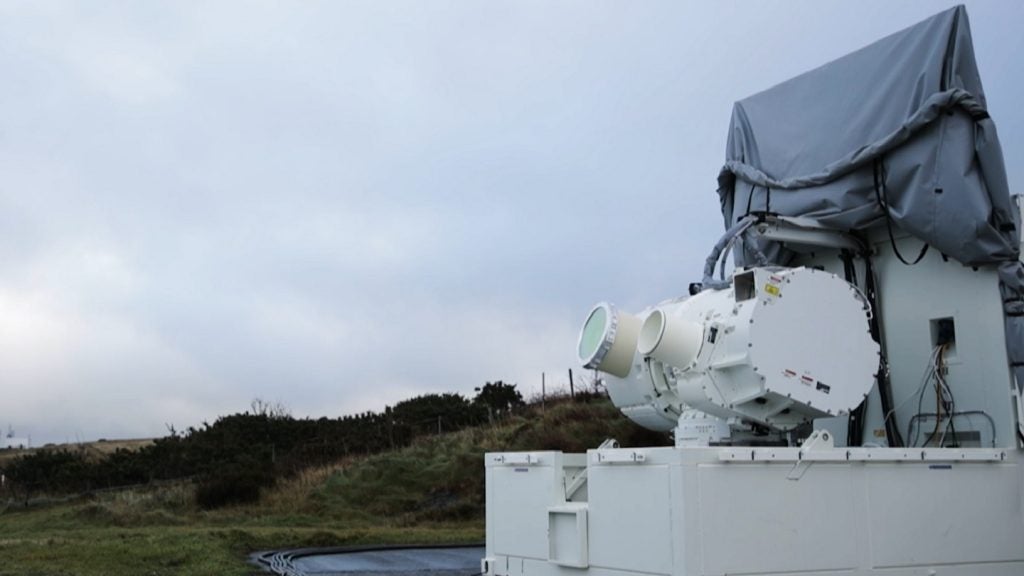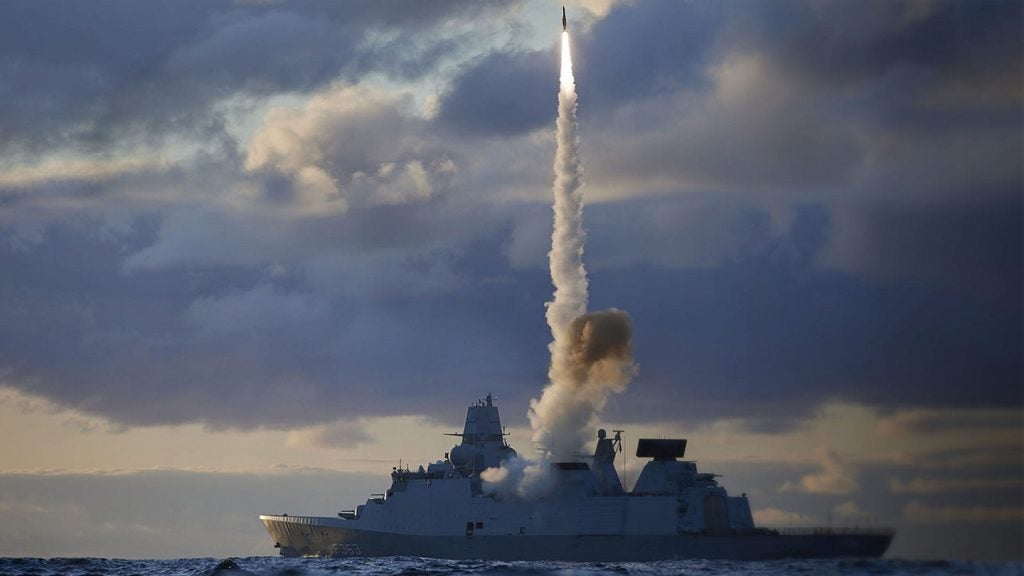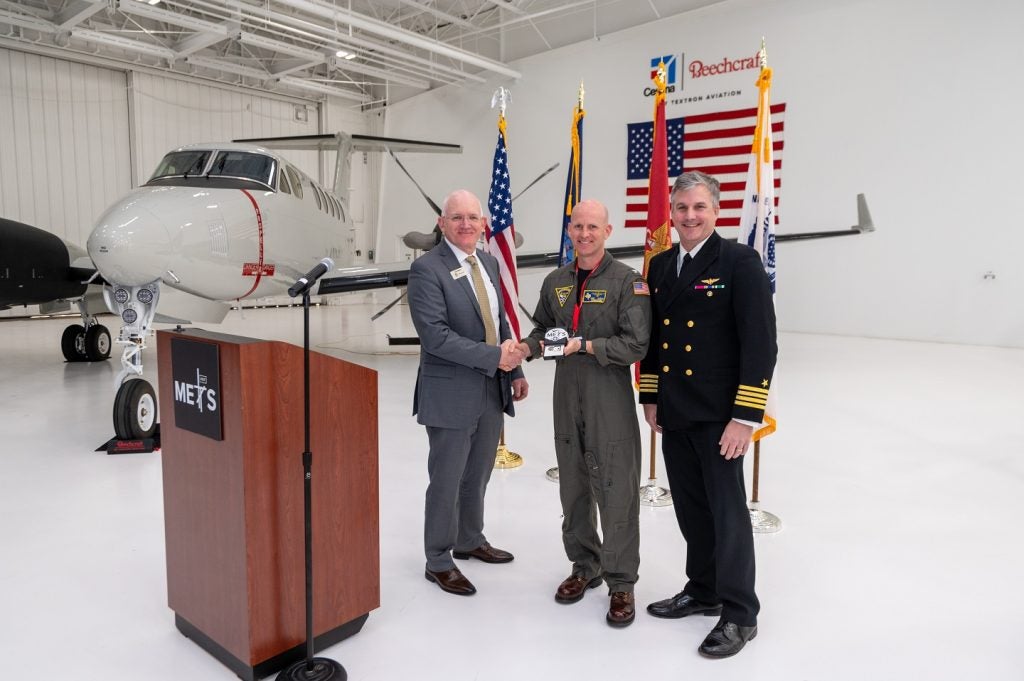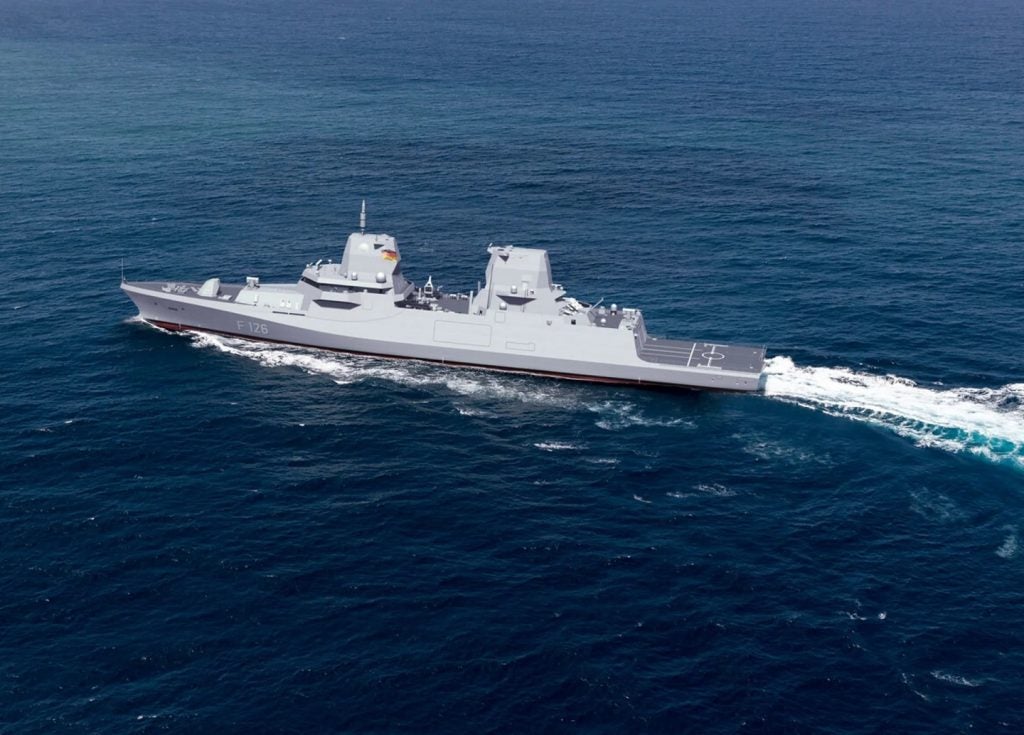The US Office of Naval Research (ONR) has demonstrated autonomous Swarmboats that are capable of defending and attacking potential threats.
The two-week exercise involved 13 navy boats escorting a high-value navy vessel. When a simulated enemy vessel was detected, the boats swarmed around the threat.
Naval operations chief admiral Jonathan Greenert said: "This networking unmanned platforms demonstration was a cost-effective way to integrate many small, cheap and autonomous capabilities that can significantly improve our war fighting advantage."
The ONR is currently working on a technology, dubbed Control Architecture for Robotic Agent Command and Sensing (CARACaS), which can be integrated into a transportable kit and deployed on any boat to enable autonomous operations.
How well do you really know your competitors?
Access the most comprehensive Company Profiles on the market, powered by GlobalData. Save hours of research. Gain competitive edge.

Thank you!
Your download email will arrive shortly
Not ready to buy yet? Download a free sample
We are confident about the unique quality of our Company Profiles. However, we want you to make the most beneficial decision for your business, so we offer a free sample that you can download by submitting the below form
By GlobalDataUsing the existing Nasa technology, the new boats are scheduled for deployment in the navy’s fleet within a year.
See Also:
The technology will allow autonomous boats to operate in sync with other unmanned vessels, select their own routes and swarm to enemy vessels, as well as escort / defend naval assets.
Naval Research chief rear admiral Matthew Klunder said: "Our sailors and marines can’t fight tomorrow’s battles using yesterday’s technology.
"This kind of breakthrough is the result of the navy’s long-term support for innovative research in science and technology."
Furthermore, the ONR also hopes to integrate the new capability to several other unmanned surface vehicles (USVs) and even to other platforms such as unmanned aerial vehicles (UAVs).
ONR programme manager Dr Robert Brizzolara said: "This multiplies combat power by allowing CARACaS-enabled boats to do some of the dangerous work.
"It will remove our sailors and marines from many dangerous situations, for instance when they need to approach hostile or suspicious vessels. If an adversary were to fire on the USVs, no humans would be at risk."
However, the sailor managing the mission needs to initiate the weapons to be fired from the USVs.







